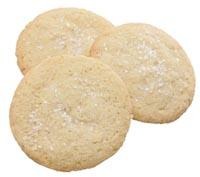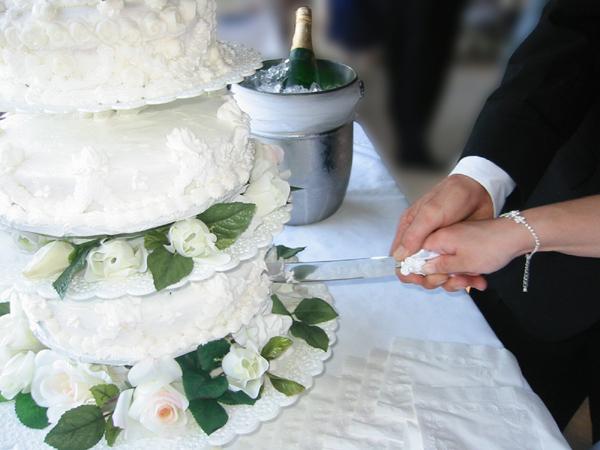Georgian Ices
Such was the information of the first five minutes; the second unfolded thus much in detail -- that they had driven directly to the York Hotel, ate some soup, and bespoke an early dinner, walked down to the pump-room, tasted the water, and laid out some shillings in purses and spars; thence adjoined to eat ice at a pastry-cook's, and hurrying back to the hotel, swallowed their dinner in haste, to prevent being in the dark; and then had a delightful drive back, only the moon was not up, and it rained a little, and Mr Morland's horse was so tired he could hardly get it along.
Northanger Abbey
 When we read in a novel about Jane Austen’s characters going somewhere to “Eat Ices” it’s easy to imagine that they are feasting on some kind of shaved ice and syrup treat, much like a sno-cone. In reality, “the quality was very high and the astonishing variety of flavours available in a Georgian confectionery shop would easily compete with that offered today in a modern Italian gelateria”, relates Ivan Day, Historicfood.com chef.
When we read in a novel about Jane Austen’s characters going somewhere to “Eat Ices” it’s easy to imagine that they are feasting on some kind of shaved ice and syrup treat, much like a sno-cone. In reality, “the quality was very high and the astonishing variety of flavours available in a Georgian confectionery shop would easily compete with that offered today in a modern Italian gelateria”, relates Ivan Day, Historicfood.com chef.
"While ice cream, or Ices, as they were called, had been known in England since the 1670's, they were an exclusive dish that appeared only on the king's table. The earliest printed recipe appeared in Mrs. Eale's Receipts, a little work on confectionery published in London in 1718. It was not until the second half of the 18th century that ices become more widely available from confectioners' shops set up by French and Italian émigrés. Some varieties that are fashionable in modern times, such as brown bread and pistachio, actually date from this period. The first English recipes for these two flavours appear in a confectionery text of 1770. In the same book are recipes for ices made with elderflowers, jasmine, white coffee, tea, pineapple, barberries and a host of other tempting and unusual flavours.
When the ice cream had "congealed", it was sometimes put into hinged lead or pewter moulds in the form of fruits, or other novelty shapes. The seams were sealed with lard and they were wrapped in brown paper before being plunged into the salt and ice mixture for about two hours to freeze hard. After being turned out of the moulds, the fruits were preserved in their frozen state in an early form of refrigerator known as an ice cave. Ice cream freezers in the traditional sense were not invented until 1846, when Nancy Johnson designed a hand cranked churn which worked much like those used today. 
These fruits glacés were often coloured with edible pigments and provided with stalks and leaves to make them look realistic. Moulds in the form of citrons, pineapples, bergamot pears and apricots were popular. Some in the form of crayfish, asparagus, cuts of meat and truffles were also used. In France, rich custard-based ices known as fromages glacés were frozen in moulds in the form of cheeses. Fake biscuits and canelons (cigar shaped wafers) were also popular. Water ices and frozen mousses were made in a remarkable variety of flavours. Some of them included the alcoholic liqueurs of the day, such as the almond-flavoured ratafia and the spicy rossolis.
In England, frozen punches were particularly popular. These were based on lemon, or Seville orange sorbet fortified with rum. One of the confectioners who helped establish a taste for quality continental ice cream in England was an Italian called Domenico Negri. Two of his apprentices published recipe books later in the century, which both have large sections on ice creams. One of these, Frederick Nutt, whose The Complete Confectioner first appeared in 1789, gives thirty two recipes for ice cream and twenty four for water ices."
Royal Ice Cream Take the yolks of ten eggs and two whole eggs; beat them up well with your spoon; then take the rind of one lemon, two gills of syrup, one pint of cream, a little spice, and a little orange flower water; mix them all well and put them over the fire, strring them all the time with your spoon; when you find it grows thick take it off, and pass it through a sieve; put it into a freezing pot, freeze it, and take a little citron, and lemon and orange peel with a few pistachio nuts blanched; cut them all and mince them with your ice before you put them in your moulds.Lemon-Orange Ice Cream
- Zest of 1 lemon and 1 Orange
- 2/3 cup sugar
- 7 tablespoons fresh lemon juice
- 2 1/2 cups heavy cream
- 1 cup milk
- 5 egg yolks
- 1/2 Cup minced pistachio nuts
Lest you think that ice cream cones are a modern invention, check out Robert Weir's fascinating article on this timeless treat! Enjoyed this article?
If you don't want to miss a beat when it comes to Jane Austen, make sure you are signed up to the Jane Austen newsletter for exclusive updates and discounts from our Online Gift Shop.



Leave a comment
This site is protected by hCaptcha and the hCaptcha Privacy Policy and Terms of Service apply.